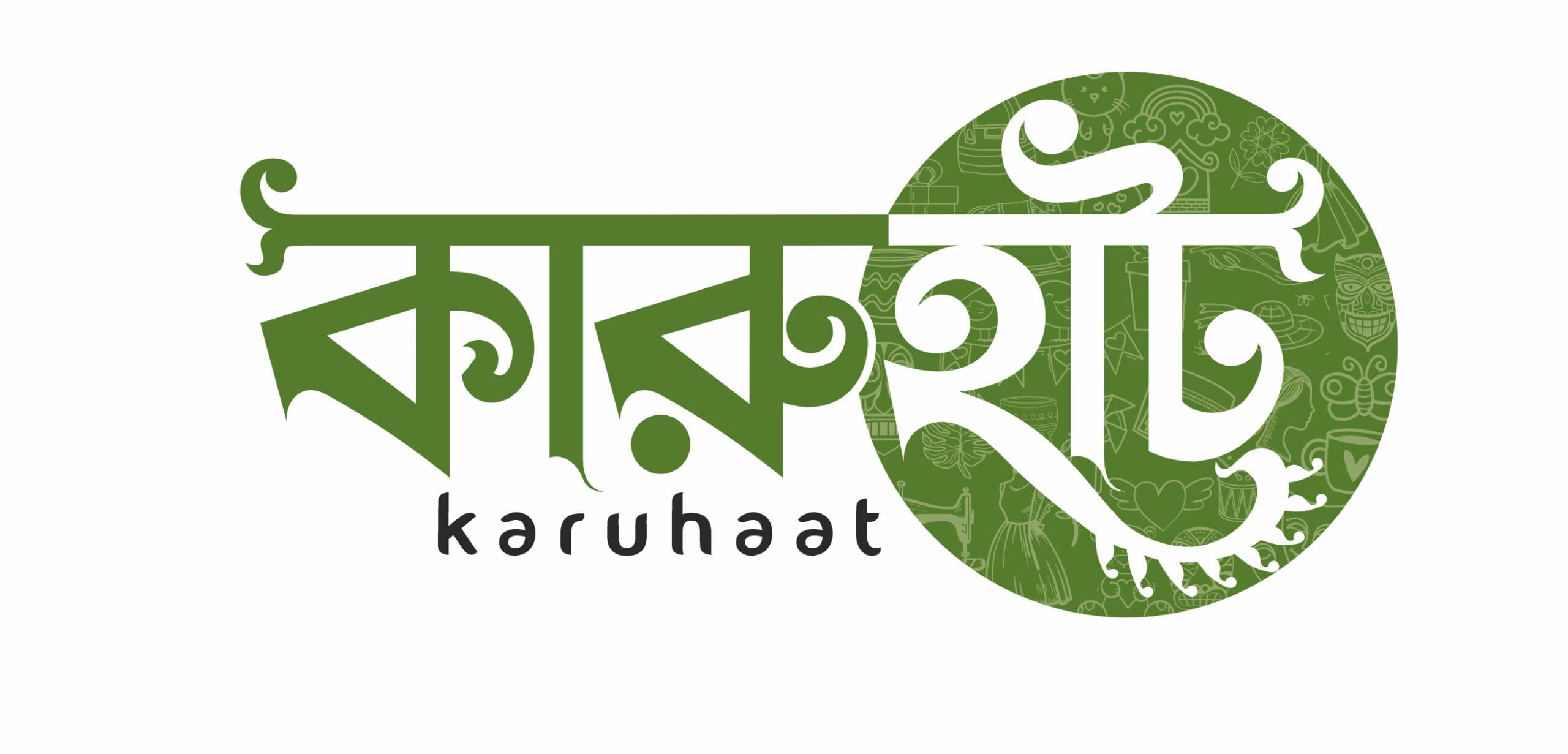No products in the cart.

For centuries now, India has been a nurturing ground for artistry, as generations of talented craftsmen have inherited, contributed, and conserved their craft, a lineage of elaborate designs and hand-made valuables. Traditional Indian crafts are not just objects; rather, they are embodiments of the country’s vibrant culture, history, and artistic diversity. From fine woven garments to ornate metal pieces, each handmade object represents a rich story of tradition, faith, and craftsmanship.
The Roots of Indian Handicrafts
Traditional Indian crafts date back to the Indus Valley Civilization (3300–1300 BCE), where archaeologists have found terracotta figurines, pottery, and metal objects that exemplified early craftsmanship. Over the centuries, several princesses, including the Mauryas, Guptas and the Mughals, have refined, popularized and transmitted Indian craftsmanship, with influences that still find place in art forms and techniques used today.
Indian crafts have thrived through royal patronage, the artisan communities that have preserved their techniques for generations. From north to south and east to west, every part of India has different forms of art and they are integral in local traditions and religious practices.
Regional Variation in Traditional Handicrafts
- The Splendor of Handicrafts of Rajasthan
Rajasthan is a treasure trove of colorful textiles, blue pottery, and intricately painted woodwork. Under the Mughals, this art was perfected and Kundan jewellery and Meenakari (enamel painting on metal) became symbolic of luxury. An enviable range of crafts from the famed Mojari (leather footwear) to the Pichwai paintings manufactured by hand by master craftsperson whose families have been doing it for generations.
- The Artistry of Kashmiri Craftsmanship
Pashmina weaving, which is a labor-intensive process, is performed in the cold valleys of Kashmir, where artisans painstakingly weave fine wool into soft, luxury shawls. Papier-mâché is yet another type of craft introduced Persian artisans which is still very much appreciated in the world.
- South Indian Metal Crafts Part 2: The Intricacies
Tamil Nadu and Kerela are also famous for their bronze idol making, especially the Chola bronzes, which begin from the 9th century. Artisans use the centuries-old method of lost-wax, to cast delicate idols of deities, a craft they have inherited from their forbearers.
- West Bengal’s Weaving Legacy
West Bengal is known for its textile craftsmanship, especially the storied Baluchari and Jamdani saris, woven with intricate patterns, some of which are inspired by mythological tales. Tribal communities of Bengal and Odisha are also known for Dhokra metal casting, the traditional technique of bronze work which is practised here.
The Stories Behind the Craft
Arguably, one of the most fascinating and inspiring things about Indian crafts is its artisans — men and women who spend their lives honing their art.
Artisanship: Artists Behind the Masterpieces
Jandiala Guru, Punjab: Using tried and tested techniques, the That heras (traditional metalworkers) of the town of Jandiala Guru in Punjab have been making brass and copper earthenware for over a thousand years. This artisan community, recognized by UNESCO for their cultural significance, had been practicing their trade for over 200 years. But with modern day industrialization, their craft is dying. Platforms such as Karuhaat help keep such dying arts alive by connecting artisans with a global marketplace.
Artisans in the Limelight: The Weavers of Varanasi
The saris they weave are known as Banarasi silk saris and they have been weaving for centuries. These sumptuous saris, often woven with gold and silver threads, have been worn by royalty and brides for centuries. It was shared by a Banaras-based artisan, Ramesh Choudhary: “I inherited this craft from my grandfather and hope that my children will carry this forward. Each sari requires weeks to finish, but the beauty of the end product is well worth the labor.”
Indian Crafts: The Modern Revival
Although traditional crafts have been challenged by mass production and changing consumer preferences, many are seeking out handmade, sustainable and ethical products. These beautiful arts are now being showcased to a global community through online platforms like Karuhaat, supporting these artisans in up keeping their livelihoods and their craftsmanship.
Why Choose Handmade Indian Crafts?
- Sustainability – Handmade products have a lower environmental impact compared to factory-made goods.
- Uniqueness – No two handcrafted items are exactly the same, making them special.
- Cultural Preservation – Buying handcrafted goods helps sustain traditional art forms.
- Supporting Artisans – Purchasing directly from artisans empowers local communities.
The story of Indian craftsmanship is one of resilience, dedication, and artistry. Each handmade piece carries within it centuries of tradition, skill, and cultural significance. By choosing to support traditional Indian crafts through platforms like Karuhaat, we not only bring home a piece of history but also help sustain the livelihoods of artisans who keep these time-honored traditions alive.





